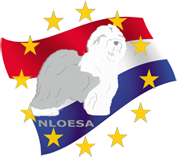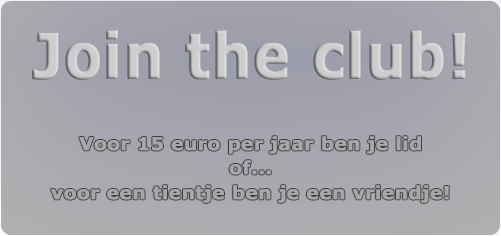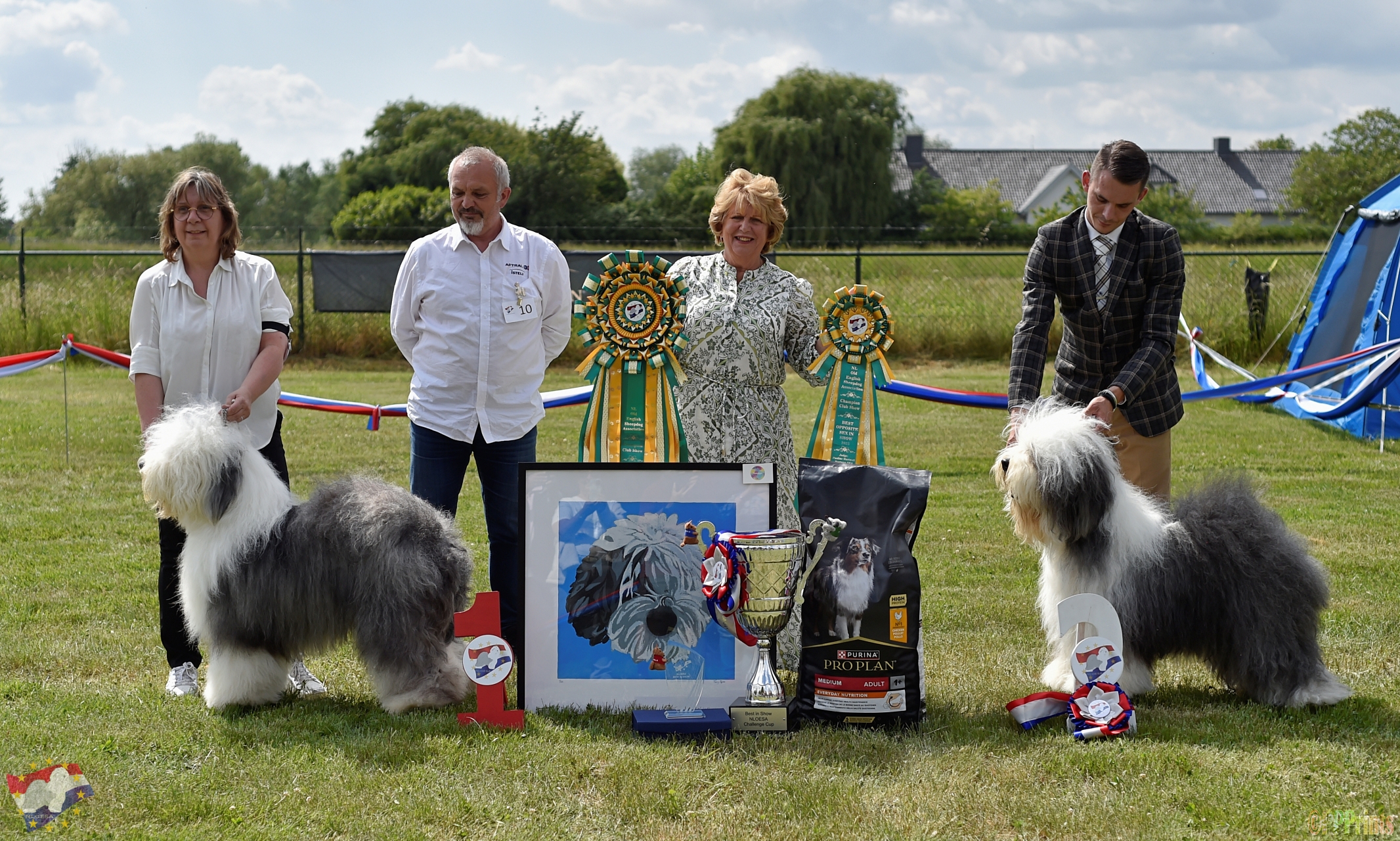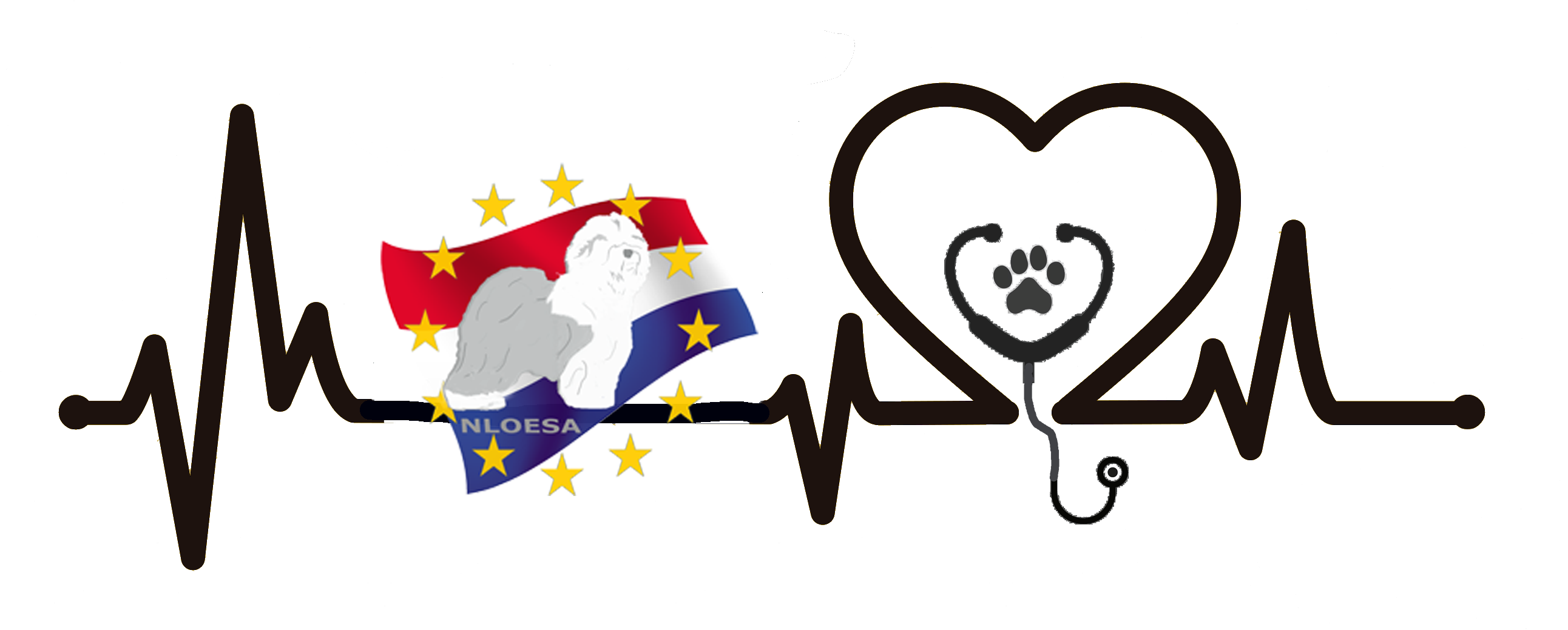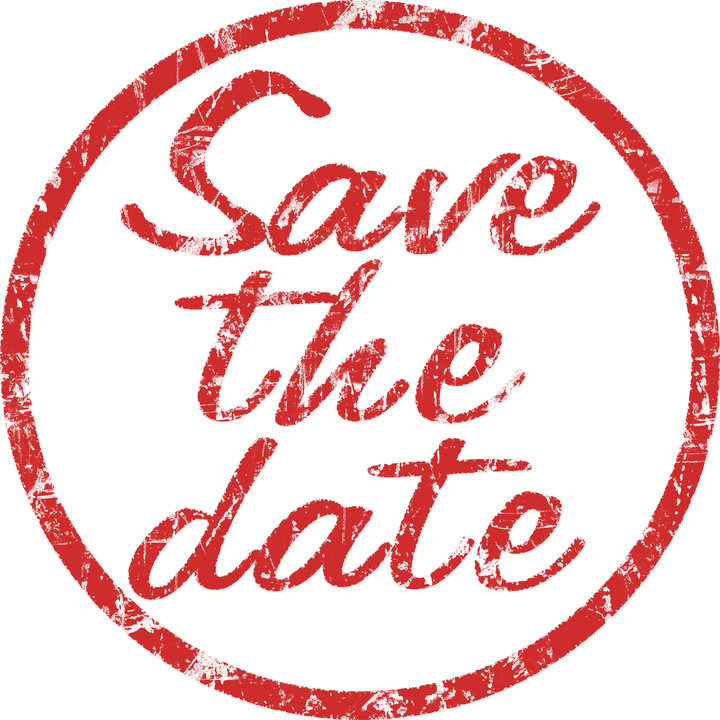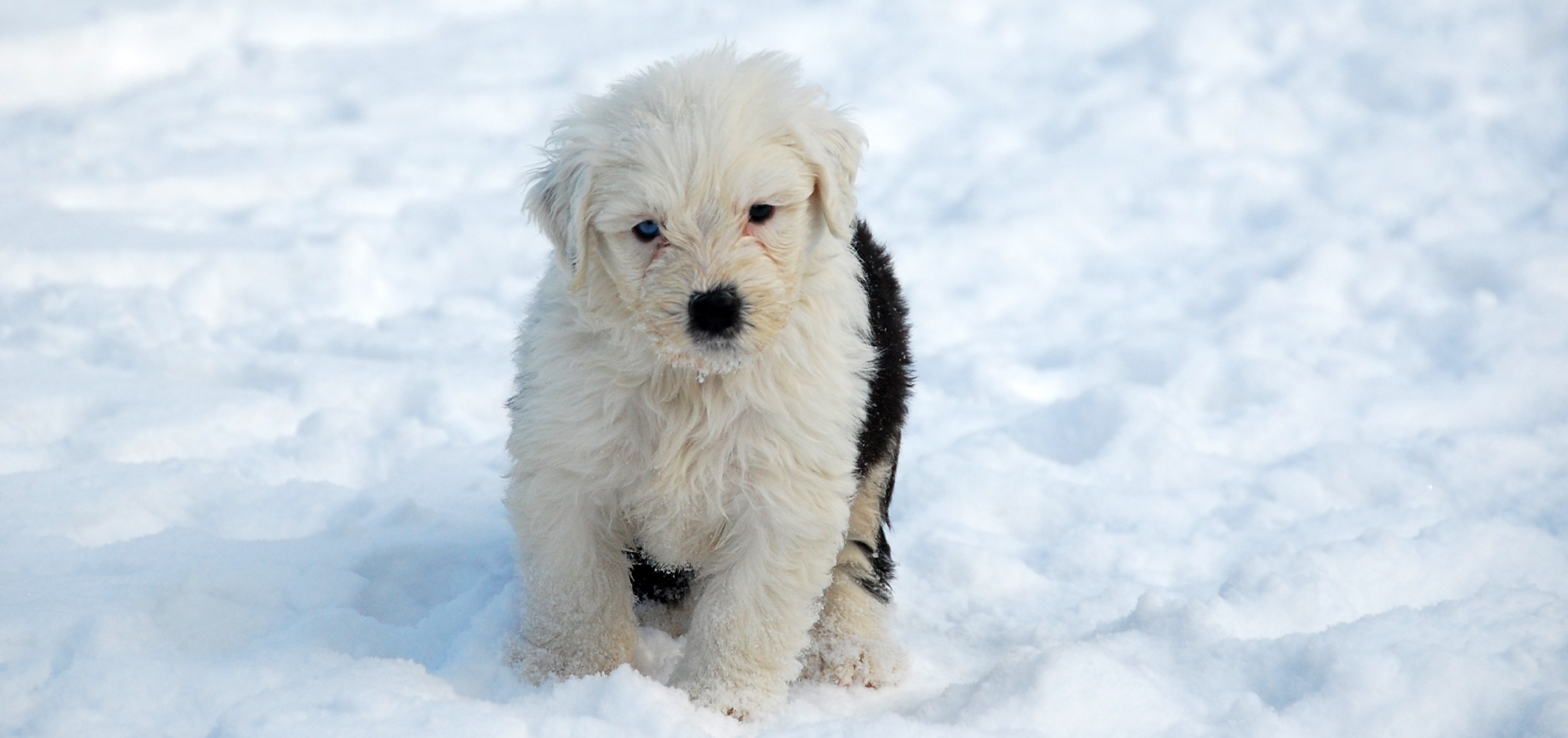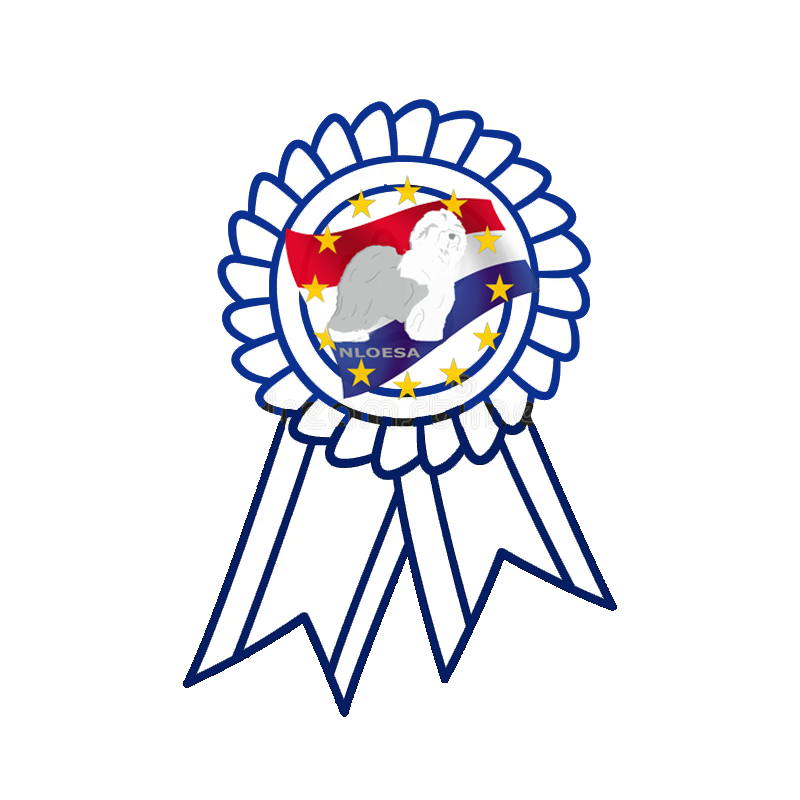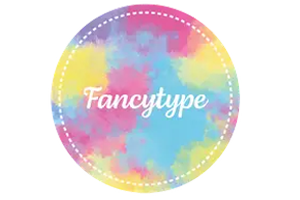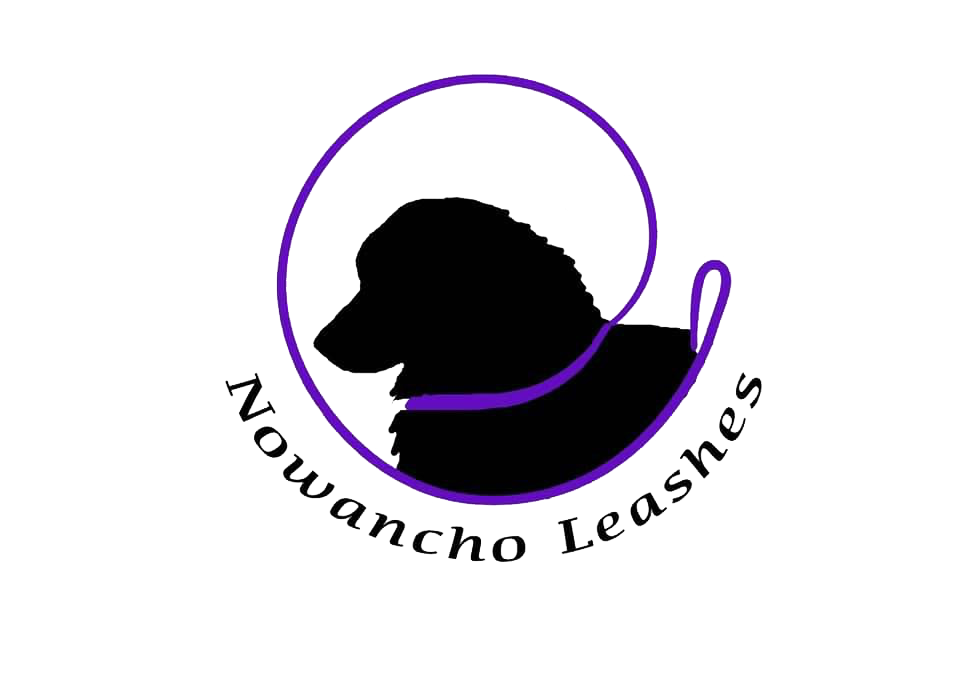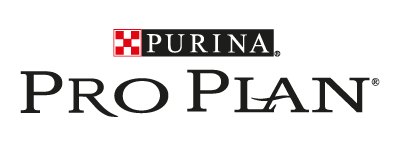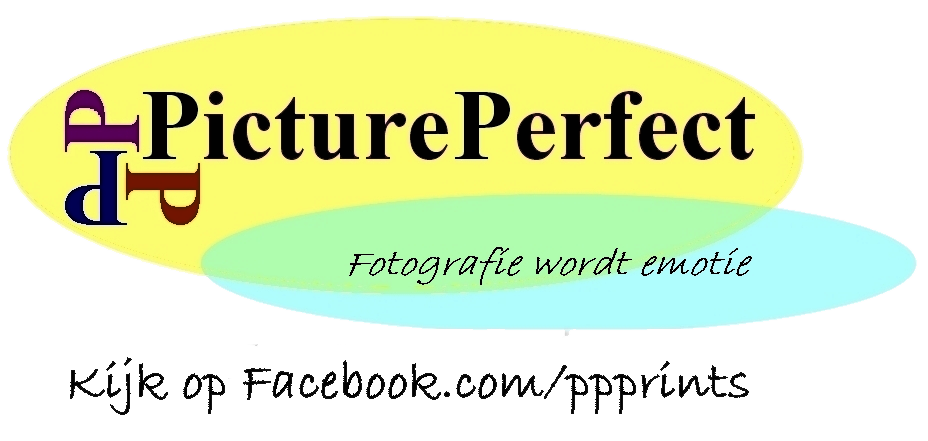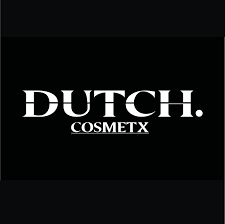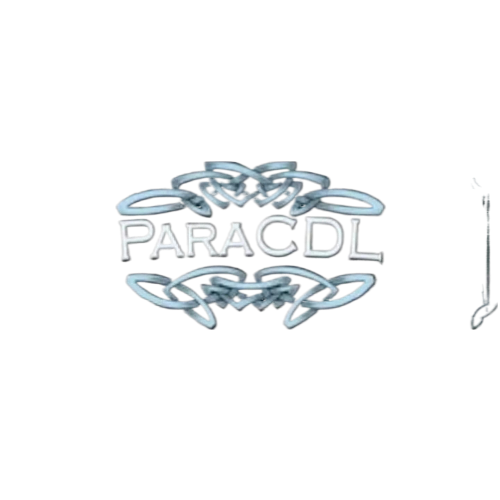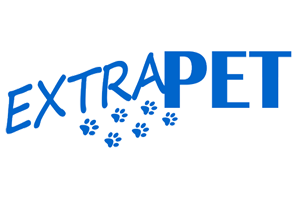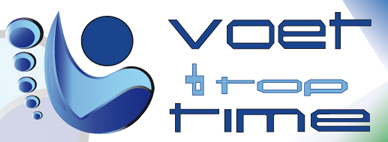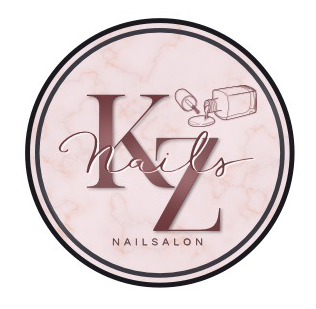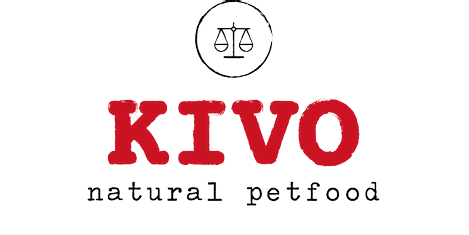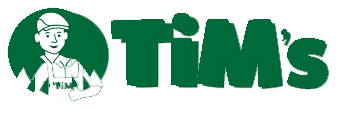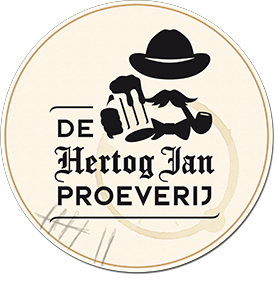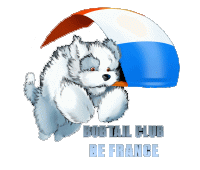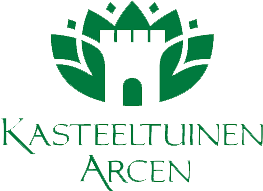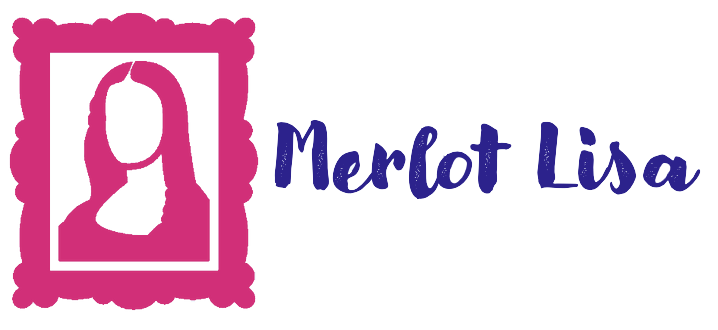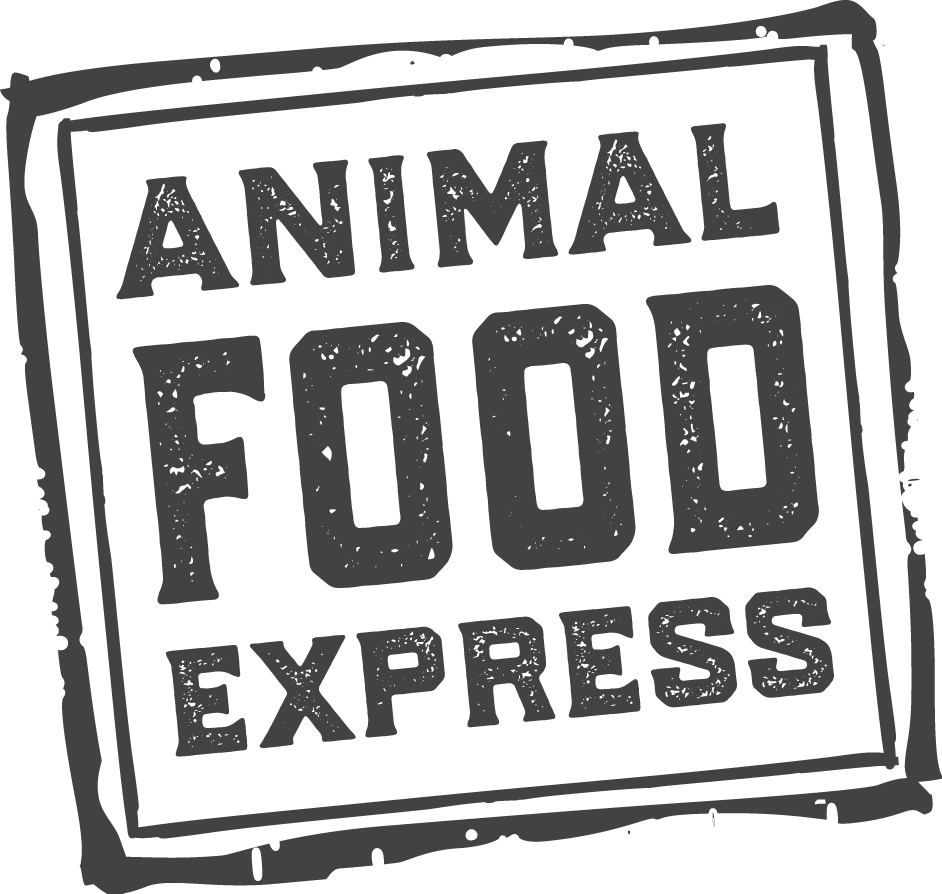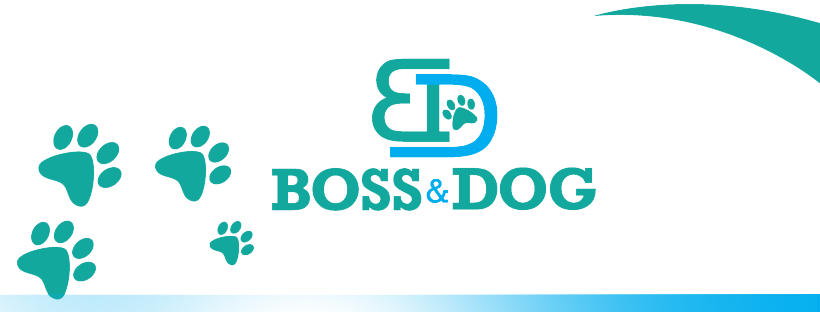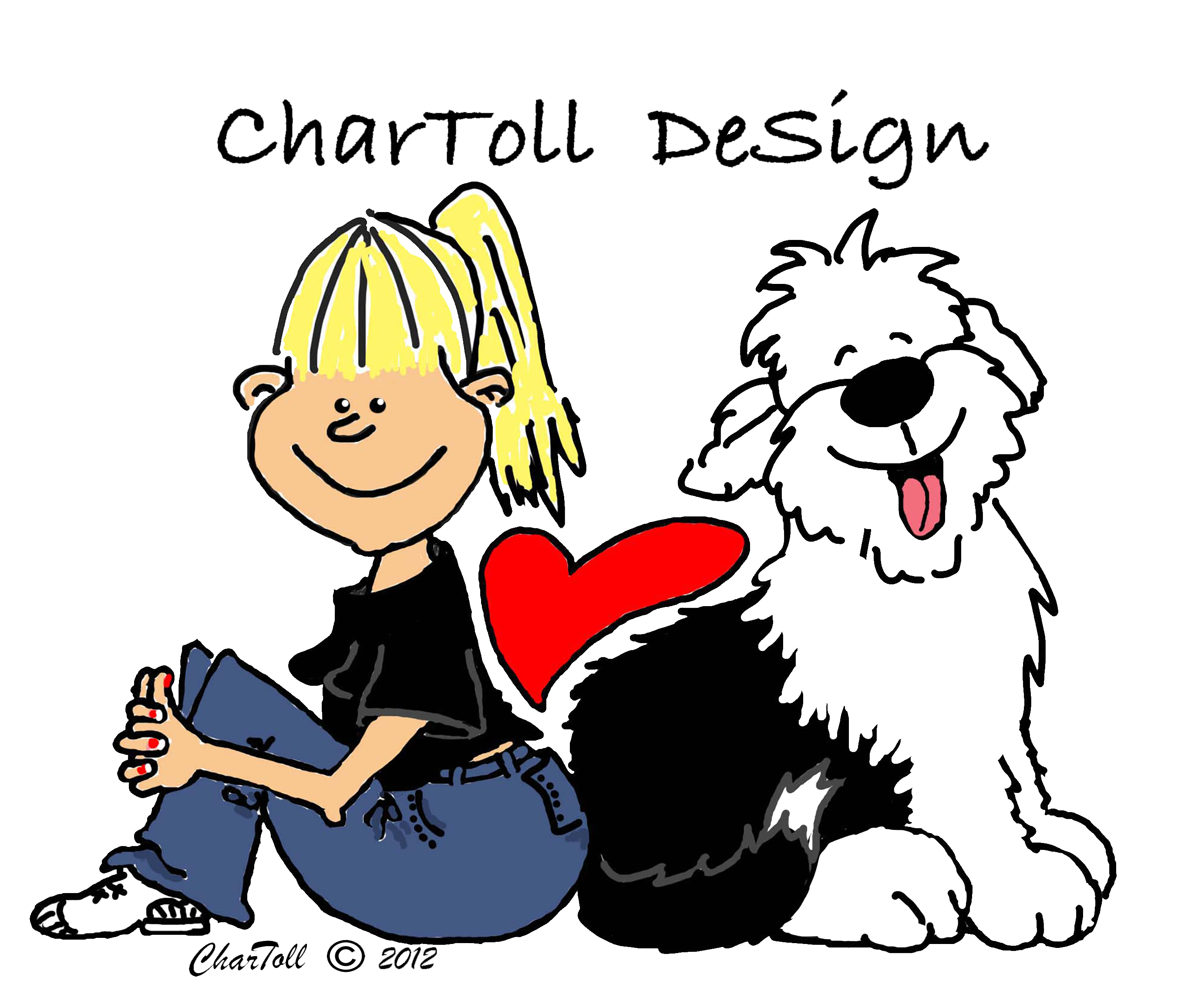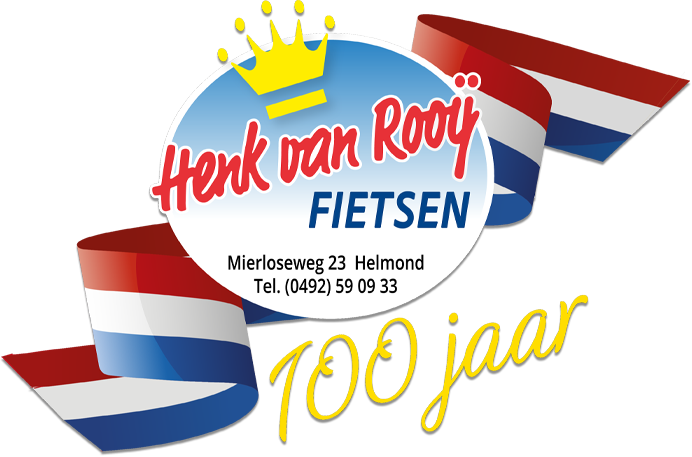Breedstandard 05.01.2011/EN FCI-Standard N° 16
OLD ENGLISH SHEEPDOG
ORIGIN: Great Britain.
DATE OF PUBLICATION OF THE OFFICIAL VALID STANDARD: 13.10.2010.
UTILIZATION: Sheepdog.
FCI-CLASSIFICATION:
Group 1 Sheepdogs and Cattle Dogs (except Swiss Cattle Dogs
Section 1 Sheepdogs. Without working trial.
BRIEF HISTORICAL SUMMARY: Though the Old English Sheepdogs registry is listed as Britain its actual ancestry is thought to be from the European Shepherd Dogs of the Owtcharka and Bergamasco types bred to sheepdogs of Britain. It is now regarded as a native British breed, often called the Bob-Tail. Strong, compact and profusely coated; his coat is a distinctive feature and is weather-resistant. Basically a country dog, intelligent and friendly; he has a particularly resonant bark sufficient to frighten off any intruder.
GENERAL APPEARANCE: Strong, square-looking dog of great symmetry and overall soundness. Absolutely free from legginess, profusely coated all over. A thick-set muscular, able-bodied dog with a most intelligent expression. The natural outline should not be artificially changed by scissoring or clipping. Of great stamina, exhibiting a gently rising topline, and a pear-shaped body when viewed from above. The gait has a typical roll when ambling or walking. Bark has a distinctive toned quality.
IMPORTANT PROPORTIONS: Dog standing lower at withers than loin. Head in proportion to the size of the body. Muzzle measuring approximately half of the total head length.
BEHAVIOUR AND TEMPERAMENT: A biddable dog of even disposition. Bold, faithful and trustworthy, with no suggestion of nervousness or unprovoked aggression.
HEAD
CRANIAL REGION:
Skull: Capacious, rather square. Well arched above eyes.
Stop: Well defined.
FACIAL REGION:
Nose: Large and black. Nostrils wide.
Muzzle: Strong, square and truncated.
Jaws / Teeth: Teeth strong, large and evenly placed. Scissor bite - jaws strong with a perfect, regular and complete scissor bite, i.e. upper teeth closely overlapping the lower teeth and set square to the jaws. Pincer bite tolerated but undesirable.
Eyes: Set well apart. Dark or wall eyes. Two blue eyes acceptable. Light eyes undesirable. Pigmentation on the eye rims is preferred.
Ears: Small and carried flat to side of head.
NECK: Fairly long, strong, arched gracefully.
BODY: Rather short and compact.
Loin: Very sturdy, broad and gently arched.
Chest: Deep, capacious brisket. Ribs well-sprung.
TAIL: Previously customarily docked or natural stumpytail.
Docked: Customarily completely docked.
Undocked: Natural carriage. Well feathered with abundant hard-textured coat.
LIMBS
FOREQUARTERS:
Shoulder: Well laid back, being narrower at the point of withers than at the point of shoulder. Loaded shoulders undesirable.
Elbow: Fitting close to brisket.
Forearm: Forelegs perfectly straight, with plenty of bone, holding body well from ground.
Forefeet: Small, round and tight. Toes well arched. Pads thick and hard. Turning neither in nor out.
HINDQUARTERS:
General appearance: Quarters well covered, round and muscular
Stifle (Knee): Well turned, but not exaggerated.
Lower thigh: Long and well developed.
Hock joint: Set low.
Metatarsus (Rear pastern): Parallel, viewed from behind
Hind feet: Small, round and tight. Toes well arched. Pads thick and hard. Turning neither in nor out.
GAIT / MOVEMENT: When walking, exhibits a bear-like roll from the rear. When trotting, shows effortless extension and strong driving rear action, with legs moving straight along line of travel. Very elastic at the gallop. At slow speeds, some dogs may tend to pace. When moving, the head carriage may adopt a naturally lower position.
COAT
Hair: Profuse, of good harsh texture, not straight, but shaggy and free from curl.
Undercoat of waterproof pile. Head and skull well covered with hair, ears moderately coated, neck well coated, forelegs well coated all round, hindquarters more heavily coated than rest of body. Quality and texture to be considered above length and profusion.
Colour: Any shade of grey, grizzle or blue. Body and hindquarters of solid colour with or without white socks.White patches in the solid area to be discouraged. Head, neck, forequarters and under belly to be white with or without markings. Any shade of brown undesirable.
SIZE AND WEIGHT:
Height at the withers:
Males 61 cms and upwards
Females 56 cms and upwards.
Type and symmetry of greatest importance, and on no account to be sacrified to size alone.
FAULTS: Any departure from the foregoing points should be considered a fault and the seriousness with which the fault should be regarded should be in exact proportion to its degree and its effect upon the health and welfare of the dog and on its ability to perform its traditional work.
DISQUALIFYING FAULTS
- Aggressive or overly shy.
- Any dog clearly showing physical or behavioural abnormalities shall be disqualified.
N.B.: Male animals should have two apparently normal testicles fully descended into the scrotum.
The latest amendments are in bold characters


